Our journey continues. Having connected 10 schools in phase I, another 50 schools in phase II, 45 schools in Kenya, we are now connecting another 140 schools in Tanzania. Bringing access to worldwide information and a local internet for sharing for more than 120.000 pupils in this phase III is a major step forward. We are thankful for our partnership with African Child Projects (ACP), Vodacom Foundation Tanzania, Universal Communication Service Access Funds (UCSAF, TZ), University of Dar es Salaam (UDSM), Dar es Salaam Institute of Technology (DIT), and Tanzania Development Trust (TDT) to join forces to Connect The Future of another more than 120.000 pupils.
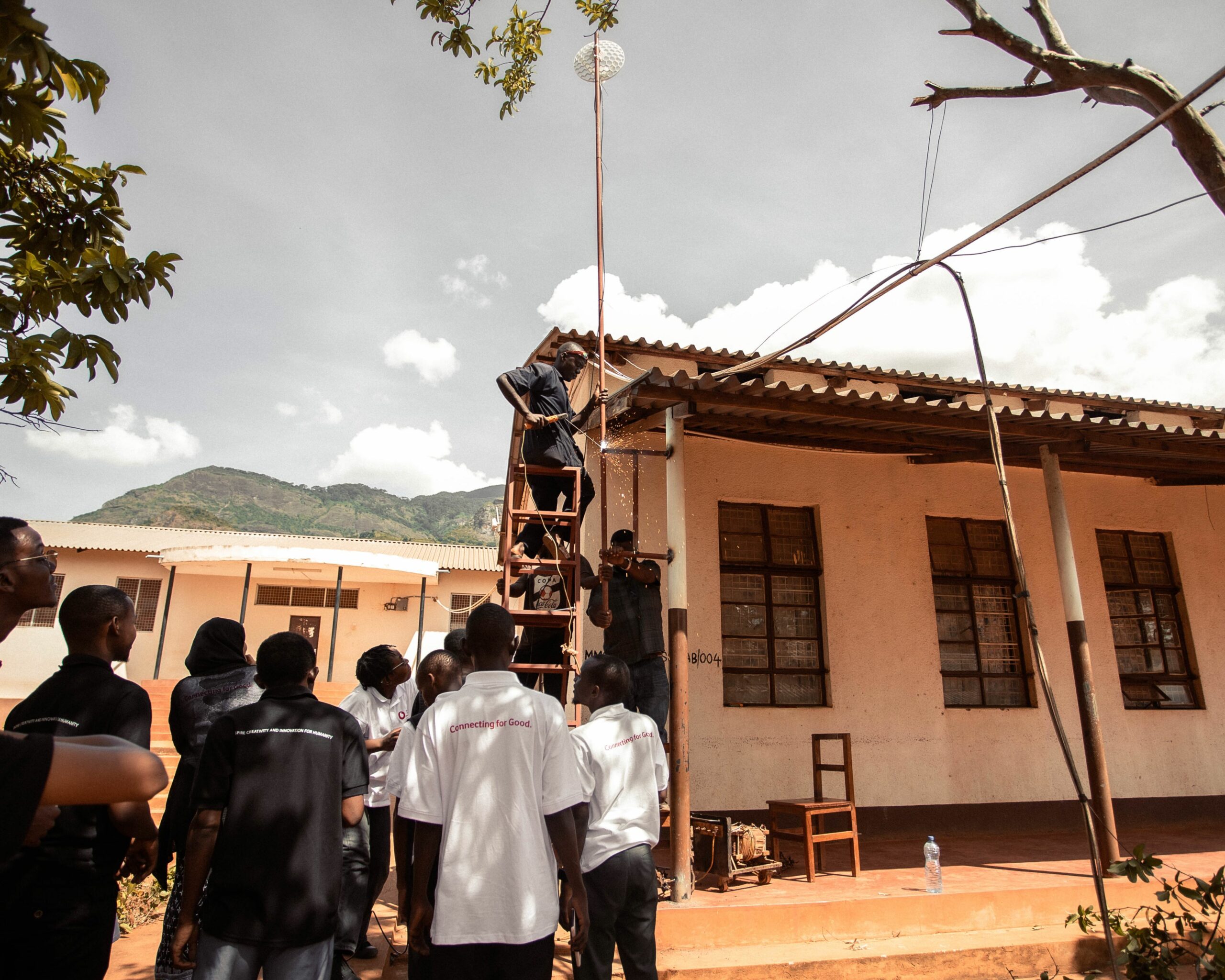 Mounting the high-gain antenna to reach out to a mobile tower more than 20 km away
Mounting the high-gain antenna to reach out to a mobile tower more than 20 km away
The steps for success
- identifying digital friends in the community or at the school to ensure local participation and sustainability
- getting the equipment configured at the Regional Competence Centres (RCCs) at University of Dar es Salaam (UDSM) and Dar es Salaam Institute of Technology (DIT);
- install the antenna, the router and the schools server;
- train teachers and students.
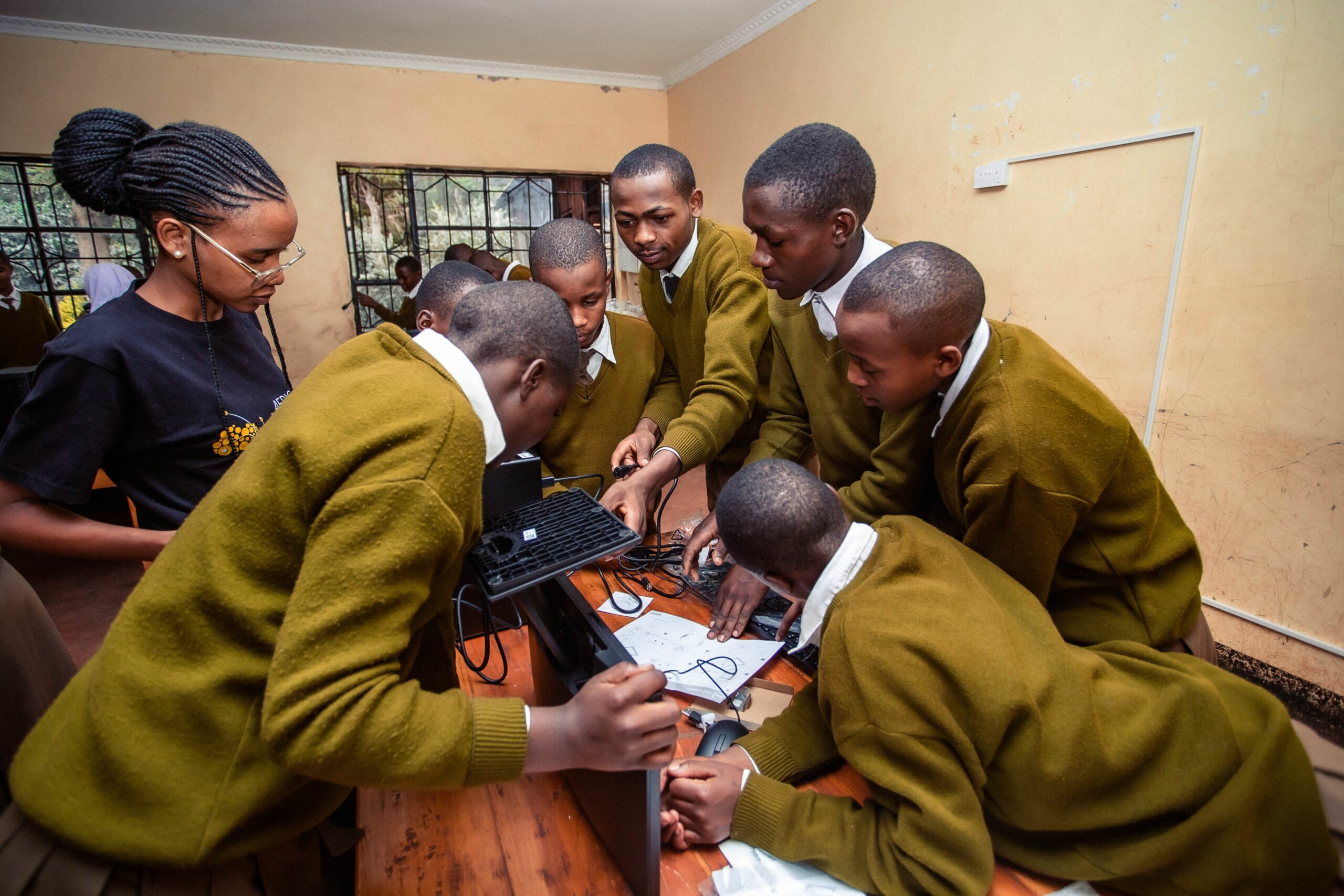 It\'s always a pleasure to see the engagement
It\'s always a pleasure to see the engagement
Our infrastructure is established to reach out to areas with bad connectivity. If you can barely measure a mobile network, we will provide Internet with a good quality. The trick is the high-gain antenna on the external mast, it\'s like standing on a hill and shouting out.
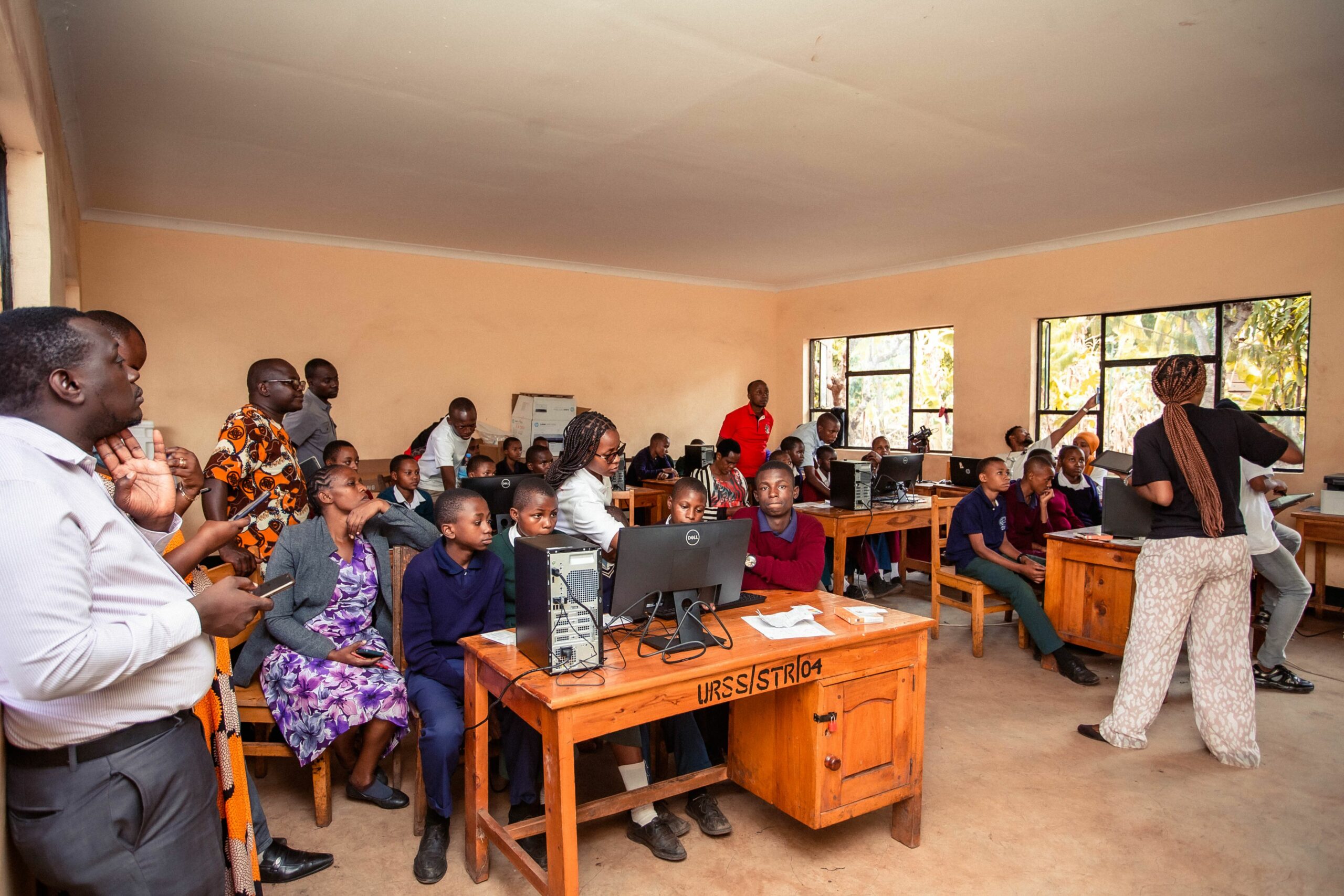 Connectivity is an event for the whole school and community
Connectivity is an event for the whole school and community
The engagement in establishing connectivity brings a ownership for the solution, ensuring the willingness to pay the OPEX costs. The experiences we got from the ongoing work in phase III:
- The work of our local partners is the key to success. They know the culture, know how to engage and help.
- The role of Universities and Technology Centres as drivers for configuration is inevitable. And even better, a student helping to connect through the RCC will give her/him a flying start on the jobb market.
- It is very difficult to explain and experience what 10 or 20 Giga Bites as a mobile data package means. We have much more success when we can use a base connectivity of e.g. 5 Mbps (Mega bits per second).
- A local internet with a school server at the school provides free access and enables affordable operational costs (OPEX) of about 20 USD/month.
- The positive feedback we get is impressive, and we strive to move on.
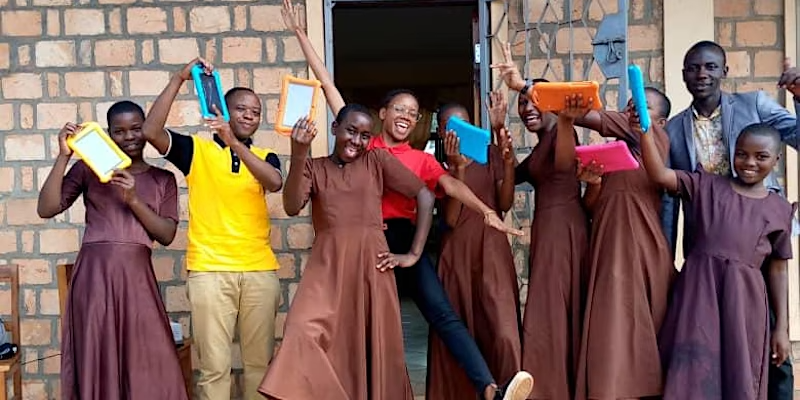 Success, yet another school is connected
Success, yet another school is connected
Our journey is ongoing. Through your support we can help our partners in 15 countries in Africa to connect their communities.
Our main question remains: Shouldn\'t access to information be free of charge?
If you want to read more, see our discussion on Internet Lite
About the Basic Internet Foundation
Basic Internet Foundation promotes free access to information for all, and has established community-driven informations spots to provide free access. The Foundation\'s distributed architecture opens for a quick deployment of a cost-effective Internet distribution worldwide, allowing for a reception of a 3G/4G network even in areas with no connectivity. The costs of the infrastructure itself is as reasonable, about 450 USD. For a CAPEX of about USD 1200 we enable lnternet access for everyone in the society. While lnternet links are expensive, its information spot solution has OPEX of typically USD 20 per month, which is affordable even for rural schools
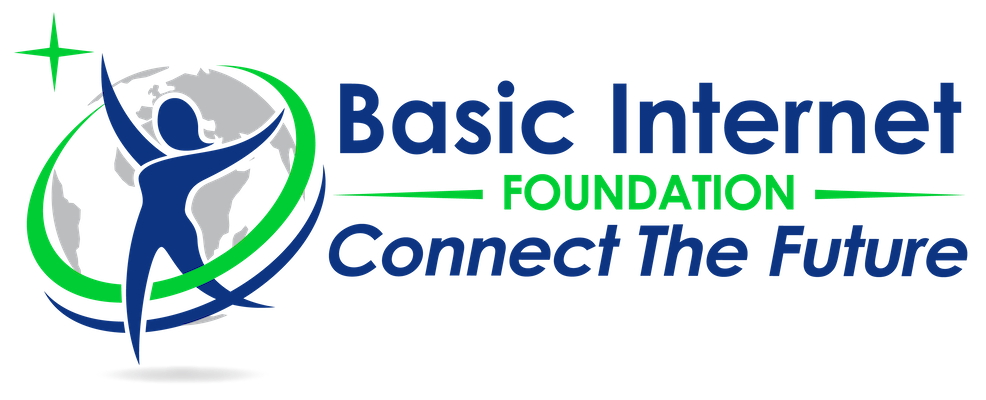
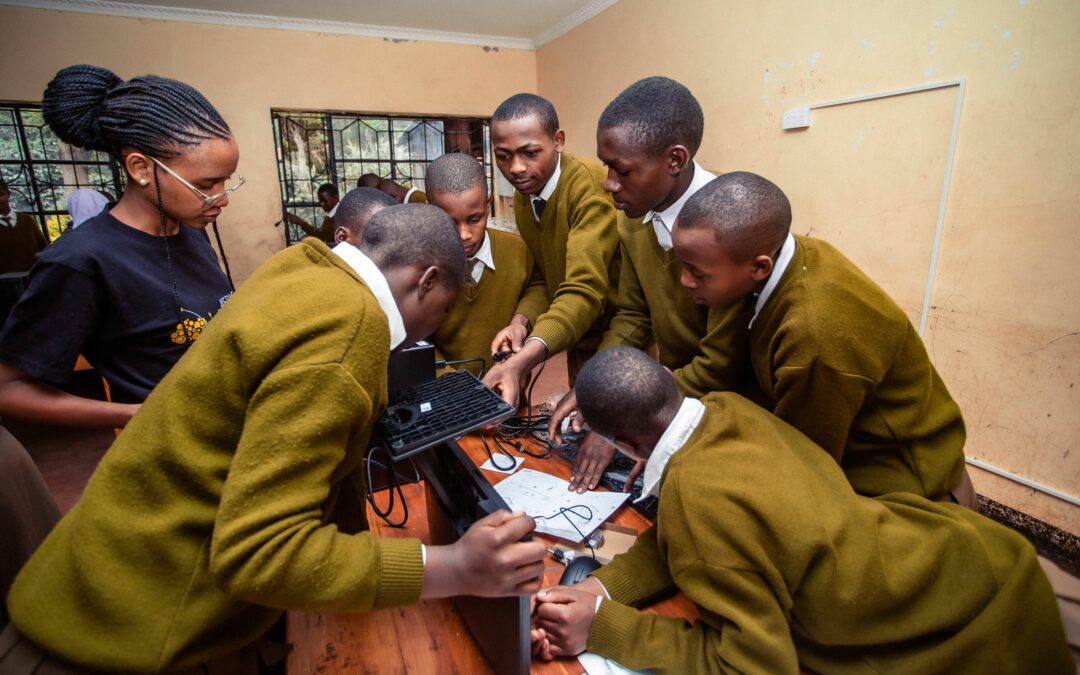
Recent Comments